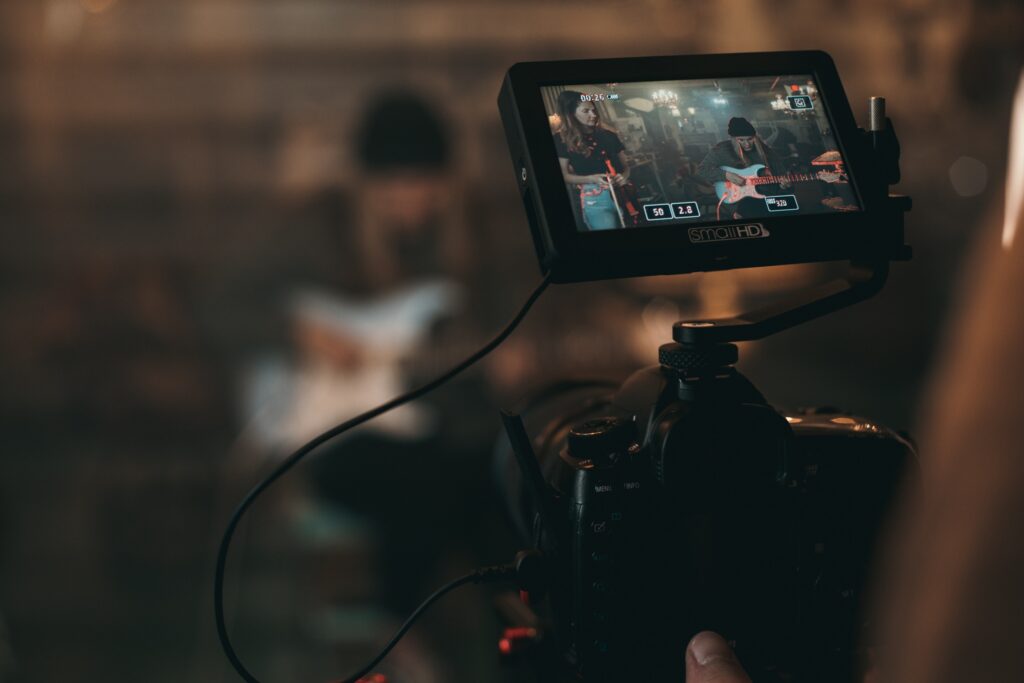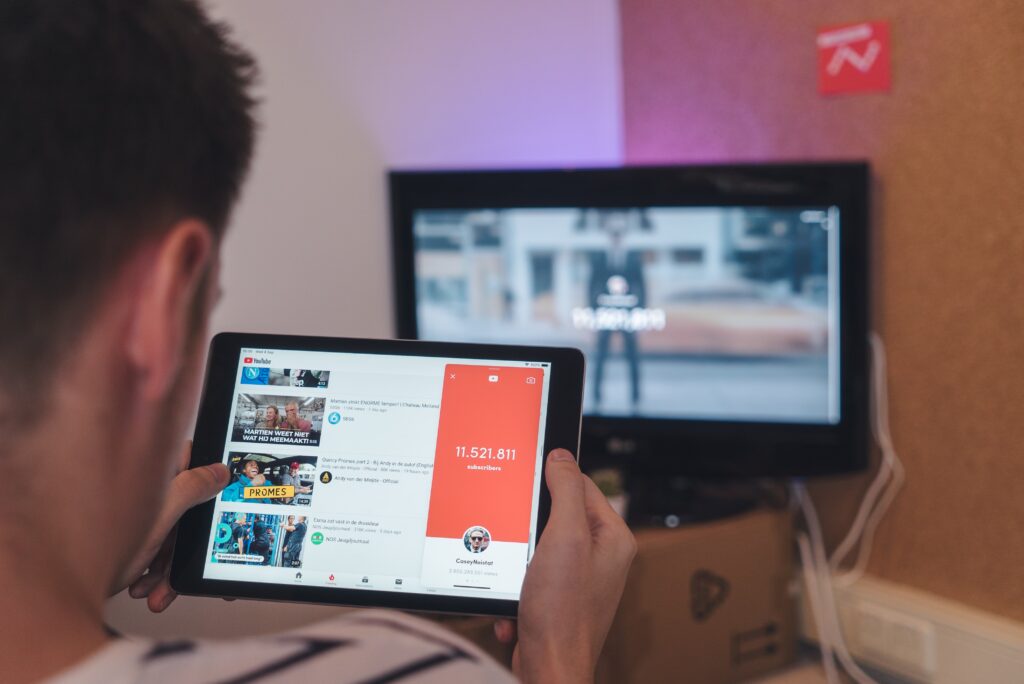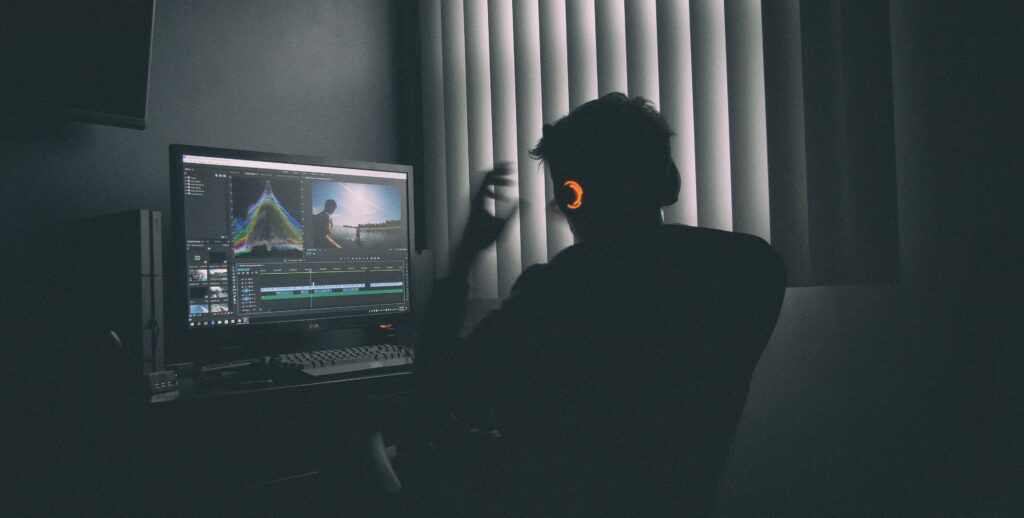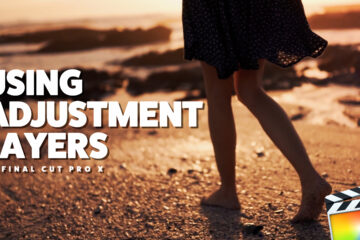A major debate that has been going on for a few years is whether 4K content is all it is cracked up to be. Sure you could get a 4K TV and be ready to take in all of the amazing content that is available but for creators and filmmakers is the ability to deliver 4K something we really need to be concerned about? Here we will discuss the upside and downside of recording in 4K and if you need to start offering that to your clients.

What Should Be The Standard, 4K or 1080p?
I could be spoiling this section of the article but the true answer to this is there isn’t a standard. It is all based on the type of project you are working on and if it warrants high-quality 4Kfootage. Let’s talk about a few examples where you might want to shoot in 4K or when 1080p might be the best option.
The ability to record 4K footage is amazing especially because it is so accessible in today’s consumer and prosumer cameras but just because you can doesn’t mean you should. In my past experience, I have been asked if I record in 4K and if I do what frame rates are available. This question is typically asked if I am being contracted out to film a project. In one specific instance, I was asked if I had the ability to get drone footage of a popular golf tournament. The footage was going to be used on a news network and they broadcast in 4K. For this project, I would need to deliver the files in 4K to match the quality they produce and if I would have had a lesser drone, I wouldn’t have been able to be used for this.
Now that is an extreme case so what about those projects that are just going to be displayed on social media or smaller screens? This is when you really need to figure out if you should bother with 4K or “settle” for 1080p. This is when you would need to probably have a conversation with your client and see how they plan to distribute the video. If they are like most people and what it to be uploaded to YouTube or Facebook then, to be honest, you will just be wasting hard drive space and processing power to edit and deliver 4K footage. Sure, platforms like YouTube allow you to upload 4K footage but most of the time it isn’t set as the default playback resolution and even if the viewer wants to watch the video in 4K, they will need a fast internet connection to make sure the video plays smoothly without buffering.

So you might be wondering if 1080p footage will still look good? The answer is YES! If you do a quick search on YouTube you are going to see tons of footage that is recorded in 1080p and it looks beautiful. One of my favorite videos that was recorded in 1080p is a video by Daniel Schiffer that was featured on Peter Mckinnon’s YouTube channel. In this video, Daniel mentions it was recording in 1080p, with one camera and one lens, and all handheld.
Shooting in 1080p But Using 4K to Your Advantage
Just because you are filming a project in either 4K or 1080p doesn’t mean you can’t mix and match the footage if needed. Most of the time I will record in 1080p because it uses less hard drive space and it has quicker rendering times but sometimes I might switch over to 4K to give a bit of post-production freedom. This is because if the majority of your footage is in 1080p you can add in some 4K footage if you need to play with the composition. Placing 4K footage in a 1080p timeline will let you recompose your footage and even zoom in without losing quality and resolution.

Using tricks like this and knowing when and where to use the different resolutions is really the key. Don’t get caught up in the hype of 4K as in most situations, especially in today’s social media and mobile viewing climate, full HD 1080p is just fine!


